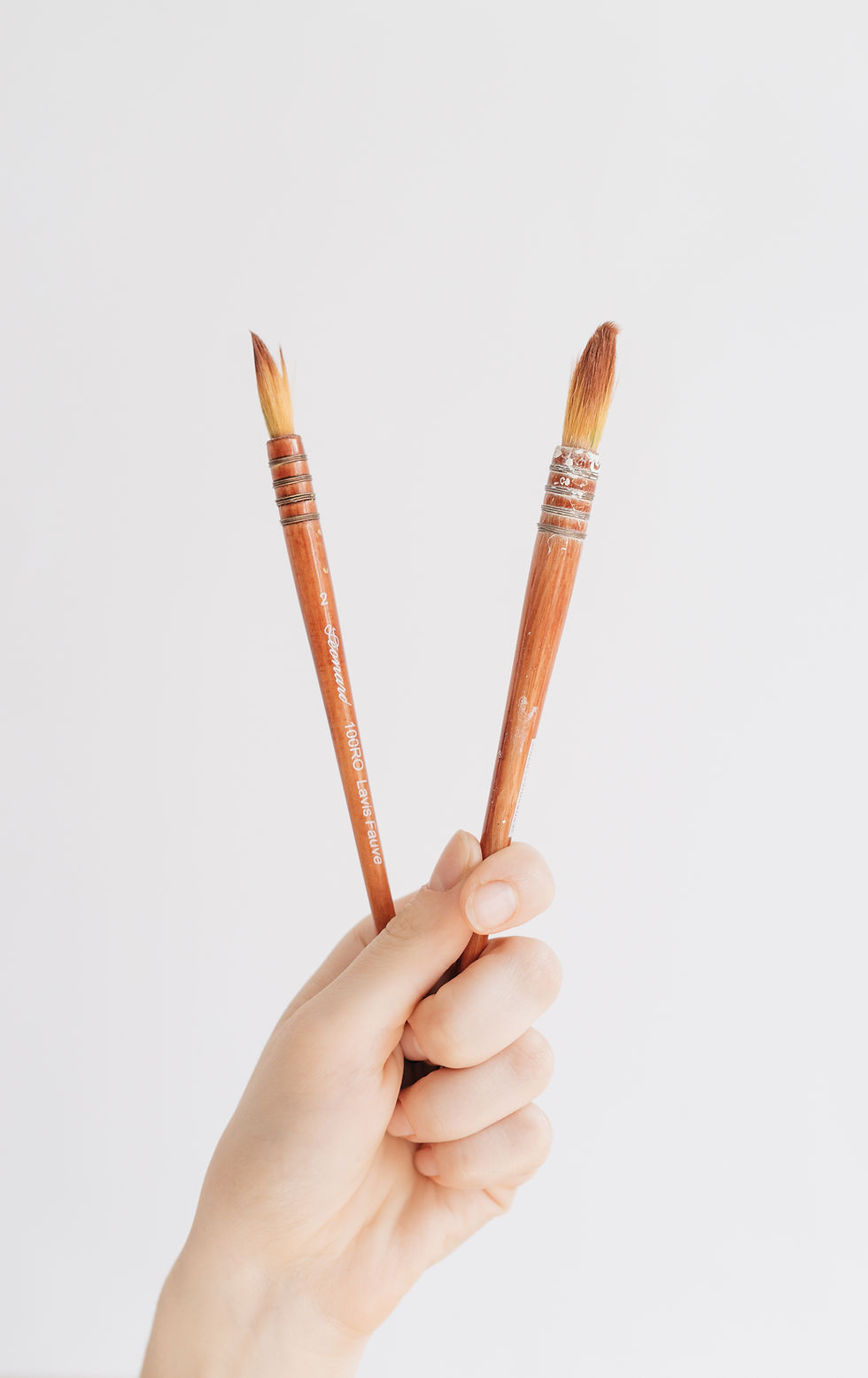Mapping Diversity
- Vanessa

- Feb 11, 2019
- 4 min read

The Whitney Biennial Art Exhibit in New York City was the most the most politically charged it has been in decades in the year 2017 according to James Panero in his article The Whitney Identity Problem. In a matter of days’ controversy erupted over a medium sized painting by Dana Schultz. This painting called “Open Casket” was a thick impasto abstracted representation of Emmett Till in his casket applied with aesthetically chosen bold and bright colors to contradict the situation (Panero, 2017). From what some would call the exhibit as the the best of its kind, other describe the work in the show deeply troubling; this is because the artist is a white middle aged woman depicting a key moment in the civil rights movement. Many groups called for censorship, removal, and even destruction of the piece, protesting that the artist was exploiting tragedy for her own economic and recognition gain. Protesters formed a chain around the image with shirts saying “black death spectacle” generating more notoriety to the artist, her work and the Whitney. “The real takeaway of the 2017 Biennial is that identity politics sells and has now been subsumed, alongside the old avant-garde, into the rhetoric of establishment culture (Panero, 2017).”

Calls for censorship was a mistake according to Katha Pollitt in her article The Right to Make Art this is because this proclamation generated more press and appeal to the work and launch it into the public eye (Pollitt, 2017). Although she explains that the concepts of racist or colonial appropriation can be used to attack any gentle borrowing from other ethnic and cultural groups, she also seems to sympathize with the African American community. This becomes apparent when she describes that African Americans, and especially women of color get little to no space in our society; they get less work, recognition, money and fame whereas white people have more option. She believes that black people should discuss their own political issues, and that a middle age white women doesn’t belong in this conversation, because it is not her story to tell. The anger felt by the African American community stems from the belief that yes, the artist might feel guilty but in a such racially charged times, her dialog shouldn’t suppress the dialog of black people (Pollitt, 2017).
In the third article Calvin Topkins seems to sympathize with the artist in his one on one interview Troubling Pictures. He takes time to describe her life and her background as well as the progression of her work through out time. As an artist Dana Schultz has gone for shock an awe since her time in the MFA program at Columbia University. Her painting, as he describes them, were both wildly absurd and beautifully realistic (Tomkins, 2017). They have vivid colors and a element of originality that from the post expressionist era. For example, so of her works have displayed members of George. W. Bush’s cabinet or public figure like Kanye West and Michael Jackson. However, somehow her painting of Emmett Till is what caused the most public outcry and controversy of her career. Creative expression and the write to make art about anything was met with opposition from those who believed that a topic so central to the African American history would be explored by a white woman. Schultz believes that although this controversy was stressful, she doesn’t want to be fearful as an artist to engage with topic that interest her to save public resistance.
Within there articles I can see the disagreement between the two sides. An artist should be allowed to explore any subject they choose freely and creatively without censorship or fear, however, it seems also unfair that an already wealthy white, ivy league graduate would gain such public recognition when most likely there are many lesser known African American artists exploring the same important concepts. Panero, being rather neutral in his assessment of the exhibit is counterbalanced by the appraisal offered from Katha Pollitt who seems to be, from her writing in favor of the removal of the artwork. From the outside research I have done, I can see she is a strong left wing writer and poet who works with issues of gender, race, and equality. Calvin Topkins seems to sympathize with the artist in his intimate dialogue with her from the New Yorker. What I find interesting about all three of these articles, is that although these issues deal with sensitive subject of race and appropriation, none of the authors can offer a true African American perspective because they are white. I also cannot give a true African American perspective because I am white. Although I am unbiased on the dispute in the articles, I wonder if my perspective would change if I was born with a different skin color?
These are things I try to keep in mind as I teach, how can we be culturally diverse and break down boundaries while also still respecting the need for cultural individuality? It is a difficult line to cross when controversial subject are brought up, I had a conversation with my art classes last semester about this debate and remember the different perspectives that were brought to the mix. I truly art has the ability to bridge gaps and create dialog, by using this art piece as the mediator we were able as a class to discuss deep issued in art education and our society in a way that was comfortable to the students.
works discussed
Panero, J. (2017, May). The Whitney’s Identity Problem. The New Critition, 49-51.
Pollitt, K. (2017, April 24). The Right to Make Art. The Nation, 6-8.
Tomkins, C. (2017, April 10). Troubling Pictures: Dana Schutz painted a real-life atrocity. She knew it was a risk. The Art World , 30-35.



Comments